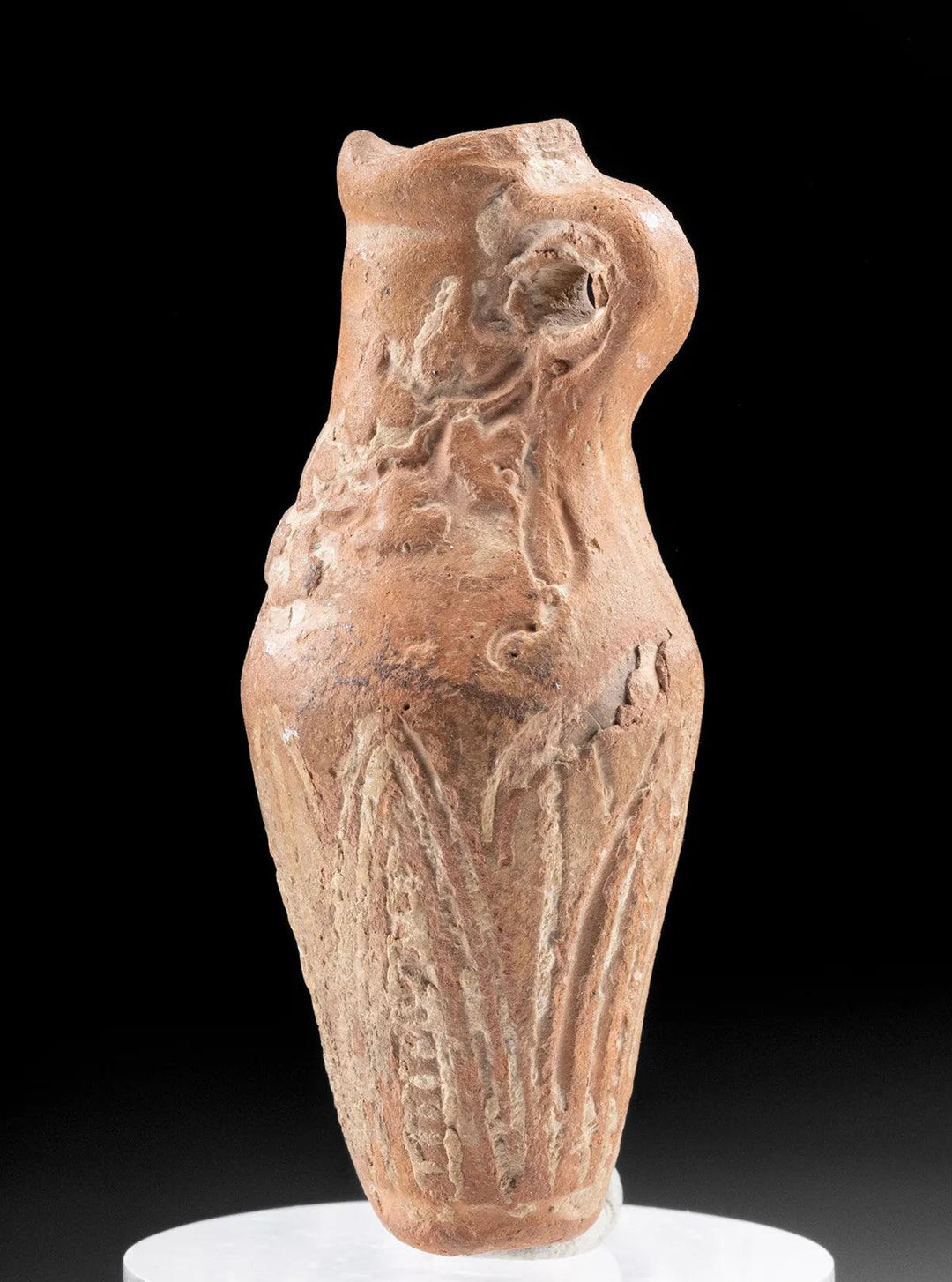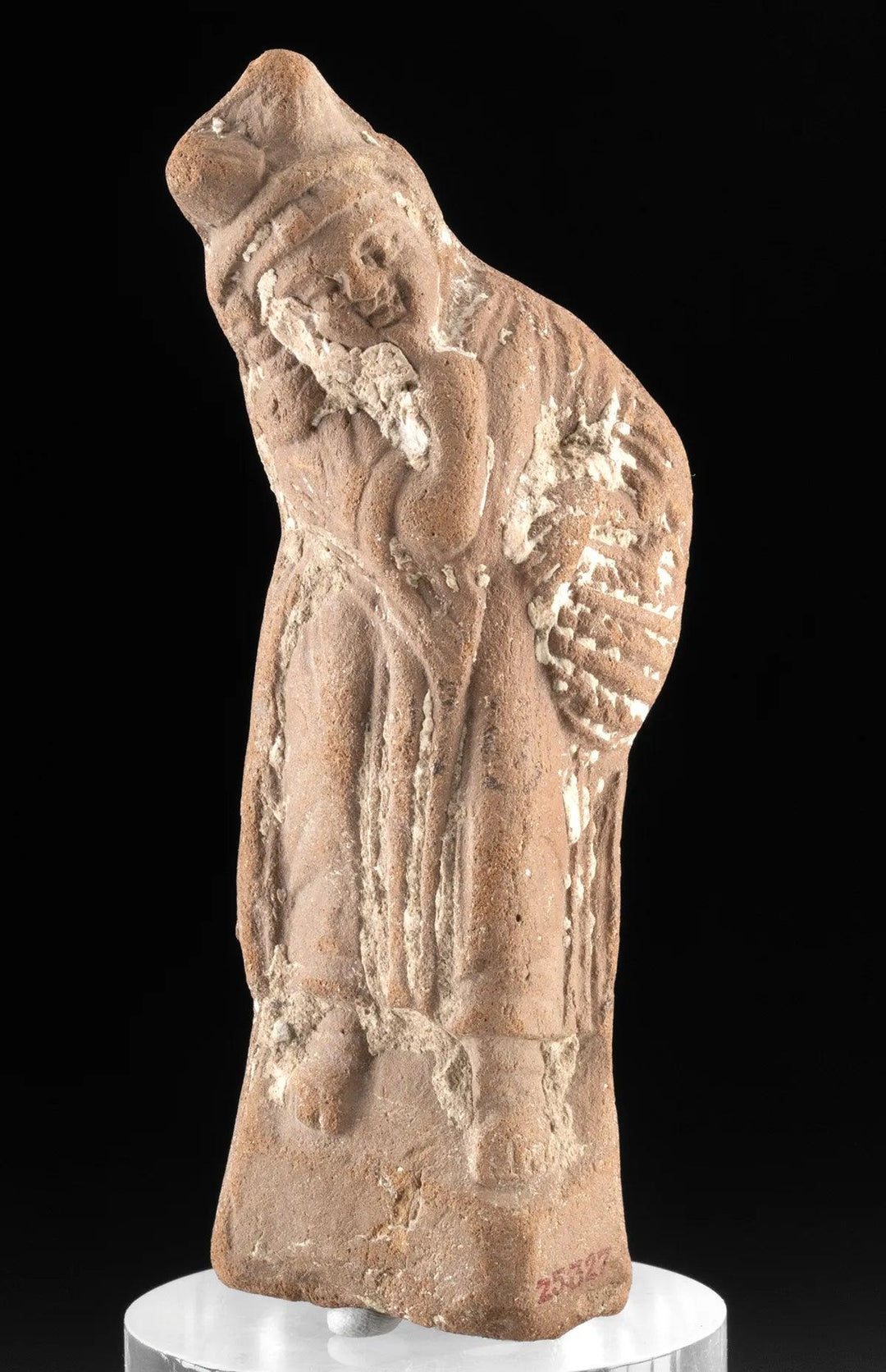Lily Place, a woman shrouded in as much mystery as the artifacts she collected, was a prominent figure in the world of art and antiquities in the early 20th century. Born into a real-estate fortune in Minnesota, she led a life that spanned continents and cultures, moving between Minneapolis and New York City in the late 1800s before setting her sights on Egypt.
In the 1920s, Lily Place became a key figure in the art world, donating numerous artifacts to the Minneapolis Institute of Art (Mia) and other museums. Her contributions, primarily gathered during her travels in the Near East, included hundreds of amulets, figurines, and mummy cartonnages. Her time in Cairo coincided with the opening of King Tut's tomb in 1922, which further fueled her passion and resulted in an increase in her donations.Lily Place's collection was a product of her time, reflecting the era's fascination with the exotic and the unknown, seen in salon séances and parlor room mummy unwrappings. As an independent woman, a prodigious shopper in the Suq, and a treasure hunter, she sent her finds back to museums like Mia, the Metropolitan Museum of Art in New York, and the Arizona State Museum in Tucson.
Unfortunately, the fate of her collection was not as enduring as her passion for collecting. In the 1950s, Mia's then-director Richard Davis began selling off many of Place's donations, prioritizing modern art over antiquities. This decision led to the dispersal of over 4,500 objects, often sold inexpensively and without good provenance. Davis eventually resigned, but by then, Place’s legacy had been obscured, her collections decoupled from her name.
Lily Place passed away in London in 1929, never witnessing the dispersal of her collection. Despite this, the Minneapolis Institute of Art recognized her as one of its "most gracious and liberal benefactors." Her story, much like the ancient artifacts she so loved, is a tapestry of intrigue and adventure, woven into the fabric of the early 20th-century art world. Her contributions, though now scattered, remain a testament to her adventurous spirit and her significant role in the collection and preservation of Near Eastern artifacts.





